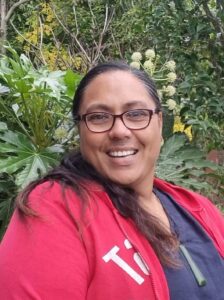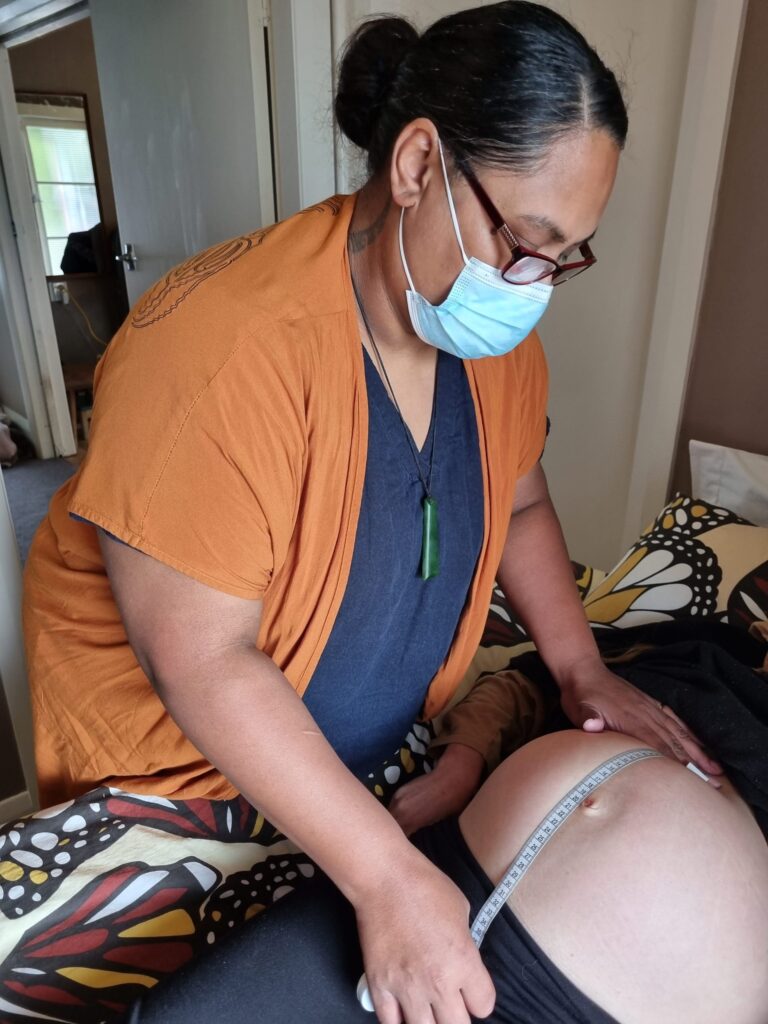Founded by three Māori midwives — Kiley Clark, Charlene Eparaima and Crissy Coromandel — the practice, Tapuhi Kura, was “reclaiming” such practices, Clark said. “Whether we learnt it from other Māori midwives or whānau, those are practices that we know about and engage in, but that are not in every LMC [lead maternity carer]’s practice here,” she said in a press release.

“Our main priority at Tapuhi Kura is caring for our whānau Māori and trying to readjust some of the statistics and inequities that exist,” Clark said. “Rightfully or wrongfully, they are definitely there, and Māori are trying to work in a system that wasn’t designed for us.”
Formerly the Māori midwifery consultant at Hawke’s Bay District Health Board (DHB), Clark said the leadership role helped her to connect and build rapport with other Māori midwives, including Eparaima and Coromandel. That led to Tapuhi Kura, she said.
Unlike the typical mainstream model, their approach was “very collective”, she said. “We have to hui and wānanga together so it works.”
Developing a dedicated community of Māori midwives would help tackle inequalities — and she hoped Tapuhi Kura would encourage others to “step into that space”.
Building relationships with whānau and seeing families created were highlights, Clark said.
Hawke’s Bay District Health Board acting director of midwifery Catherine Overfield said it was “admirable” to see such an innovative approach to care.
In a statement to mark International Day of the Midwife on May 5, Overfield said it was a chance to acknowledge and thank the 50 hospital midwives employed by the DHB, and the many self-employed midwives (or lead maternity carers) in the community.

All New Zealand midwives were required to complete a “robust” four-year degree, which set them up to provide care in the community and hospitals. “A midwife’s role includes prescribing, ordering and interpreting blood tests and scans, as well as managing any emergencies that might eventuate,” Overfield said.
“That first initial two minutes after the birth when people are like — ‘holy moly, I did it!’ — that’s pretty cool.”

Hawke’s Bay DHB clinical midwifery coordinator Vanessa Bryant said the bonding scheme — which pays up to $3500 per year for midwives who choose to work in hard-to-staff areas such as Hawke’s Bay — was a “blessing”.
Bryant agreed with Clark that seeing families created was a highlight of midwifery. “That first initial two minutes after the birth when people are like — ‘holy moly, I did it!’ — that’s pretty cool.”
Of NZNO’s 55,561 members, 283 are midwives, according to the latest figures.



